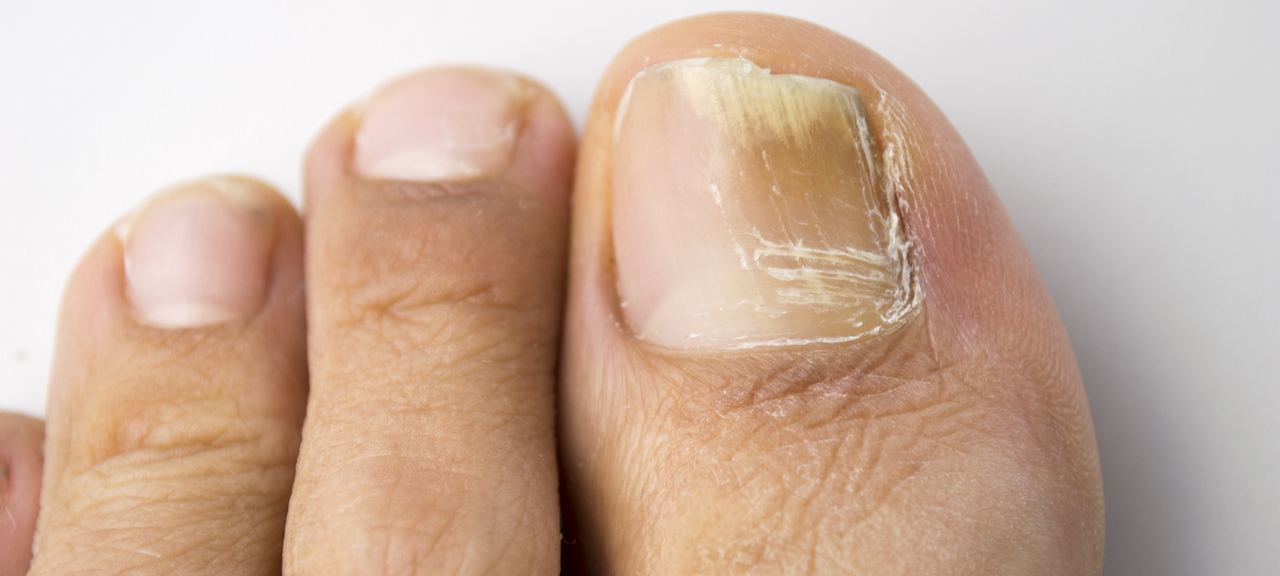Athlete’s foot and toenail fungus are two common foot conditions that can be both uncomfortable and unsightly. While they may seem like separate issues, there is actually a link between the two. Athlete’s foot is a fungal infection that typically affects the skin on the feet, while toenail fungus is a fungal infection that affects the toenails.
However, the same fungus that causes an athlete’s foot can also cause toenail fungus. In fact, people with athlete’s feet are more likely to develop toenail fungus. Understanding the link between these two conditions is important in both preventing and treating them.
In this article, we will explore the relationship between an athlete’s foot and toenail fungus, their causes, symptoms, and treatment options.
Contents
- 1. Understanding Athlete’s Foot And Toenail Fungus: The Link You Need To Know
- 2. How Athlete’s Foot Can Lead To Toenail Fungus: Causes And Risk Factors
- 3. Symptoms Of Athlete’s Foot And Toenail Fungus: What To Look Out For
- 4. Prevention And Treatment Of Athlete’s Foot And Toenail Fungus: What You Need To Know
- 5. Overcoming The Link Between Athlete’s Foot And Toenail Fungus: Tips And Strategies
1. Understanding Athlete’s Foot And Toenail Fungus: The Link You Need To Know
Athlete’s foot and toenail fungus are two common foot conditions that can be uncomfortable and unsightly. While they may seem like separate issues, there is actually a link between the two. Athlete’s foot is a fungal infection that typically affects the skin on the feet, while toenail fungus is a fungal infection that affects the toenails.
The same fungus that causes an athlete’s foot can also cause toenail fungus. In fact, people with athlete’s feet are more likely to develop toenail fungus. Understanding the link between these two conditions is important in both preventing and treating them.
2. How Athlete’s Foot Can Lead To Toenail Fungus: Causes And Risk Factors
Athletes’ foot is caused by a type of fungus that thrives in warm, moist environments such as locker rooms, swimming pools, and communal showers. When the fungus infects the skin on the feet, it can spread to the toenails. This is because the same fungus can infect both the skin and the nails. People with a weakened immune system, diabetes, or who have a history of toenail fungus are more susceptible to developing toenail fungus if they have athlete’s foot.
3. Symptoms Of Athlete’s Foot And Toenail Fungus: What To Look Out For
The symptoms of an athlete’s foot and toenail fungus can be similar, which is why it’s important to be aware of the differences. Athletes’ feet can cause redness, itching, and burning on the skin of the feet, as well as dry and cracked skin.
Toenail fungus, on the other hand, can cause thick, discolored, and brittle toenails. It’s also common for toenail fungus to cause a foul odor. If you’re experiencing any of these symptoms, it’s important to see a doctor or podiatrist to determine the cause and appropriate treatment.
4. Prevention And Treatment Of Athlete’s Foot And Toenail Fungus: What You Need To Know
Preventing athlete’s foot and toenail fungus involves taking steps to keep your feet clean and dry. This includes wearing shoes and socks that allow your feet to breathe, changing your socks frequently, and not sharing shoes, towels, or nail clippers with others.
If you do develop athlete’s foot or toenail fungus, there are several treatment options available, including over-the-counter antifungal creams and prescription medications. In severe cases, laser therapy may be recommended to eliminate the fungus.
5. Overcoming The Link Between Athlete’s Foot And Toenail Fungus: Tips And Strategies

Image source: https://www.healthcentral.com/
If you’re struggling with an athlete’s foot or toenail fungus, there are several tips and strategies you can use to overcome the link between these two conditions. First, be sure to follow good foot hygiene practices, such as keeping your feet clean and dry and avoiding sharing personal items with others. Second, make sure to treat the athlete’s foot promptly to prevent it from spreading to your toenails. Third, work with a healthcare provider to determine the most effective treatment options for your individual case.
Finally, be patient, as toenail fungus can take several months to completely clear up, even with treatment. With the right approach, you can overcome the link between athlete’s foot and toenail fungus and enjoy healthy, happy feet. When it comes to treating toenail fungus, early intervention is key. If you suspect that you may have an early stage of toenail fungus, it’s important to seek treatment as soon as possible. Early intervention can help prevent the fungus from spreading and causing further damage to your toenails. In fact, some of the treatment options for toenail fungus, such as topical antifungal creams and prescription medications, are most effective when used in the early stages of the condition.
Conclusion
In conclusion, athlete’s foot and toenail fungus are two common foot conditions that are linked by the same type of fungus. People with athlete’s feet are more likely to develop toenail fungus, and it’s important to understand the causes, symptoms, and treatment options for both conditions in order to prevent and treat them effectively. Good foot hygiene practices, such as keeping your feet clean and dry and avoiding sharing personal items, can help prevent the spread of these fungal infections.
Early intervention is also key in treating toenail fungus, as it can prevent further damage to the toenails and increase the effectiveness of treatment options. By following these strategies and working with a healthcare provider, you can overcome the link between an athlete’s foot and toenail fungus and enjoy healthy, happy feet.




